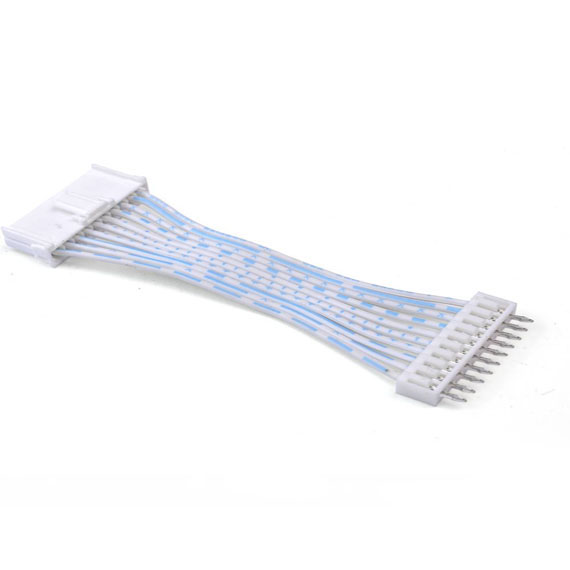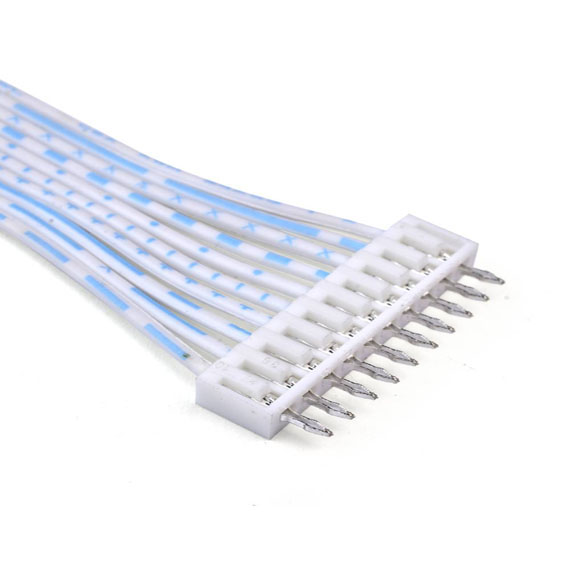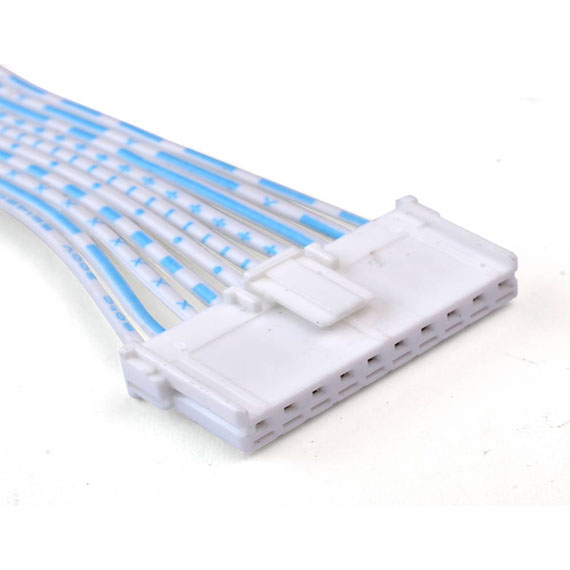
Red and white cables and blue and white cables may appear similar, but their functions and applications vary significantly. In this comprehensive guide, Xinpengbo cable engineers delve into the characteristics of these cables to empower readers with a deeper understanding and practical insights.
Red and white cables, also known as audio and video cables, serve the primary purpose of transmitting audio and video signals. Comprising red and white plugs, these cables facilitate seamless connectivity between audio and video equipment, ensuring precise signal transmission and modulation. Widely employed in audio systems, multimedia setups, and beyond, the red and white cables distinguish between right and left audio channels, ensuring accuracy in audio signal transmission.

In contrast, blue and white cables possess distinct functions and properties, garnering attention for their acid resistance, oil resistance, and mildew resistance. Featuring single or stranded 3216AWG bare copper or tinned wire as conductors and PVC insulation material, these cables boast high cost efficiency and compliance with international technical standards. Their robust construction, accurate meter count, and reliable product quality make them indispensable across diverse applications, including household appliances, industrial machinery, and communication systems.
Beyond their functional disparities, the application scenarios for red and white cables and blue and white cables differ significantly. While red and white cables excel in transmitting audio and video signals, blue and white cables find favor in specialized environments requiring resistance to harsh conditions, such as industrial and communication equipment setups.

In summary, although both red and white cables and blue and white cables belong to the cable category, they exhibit distinct functions, characteristics, and applications. Red and white cables primarily serve audio and video signal transmission, whereas blue and white cables thrive in specialized environments due to their unique physical and chemical properties. When selecting and utilizing these cables, it's imperative to consider the specific requirements of the application and consult professional electronic equipment suppliers or cable providers to ensure optimal performance and compatibility.
By providing a deeper insight into the unique advantages and applications of these cables, this article empowers readers to make informed decisions and effectively deploy them across diverse scenarios.